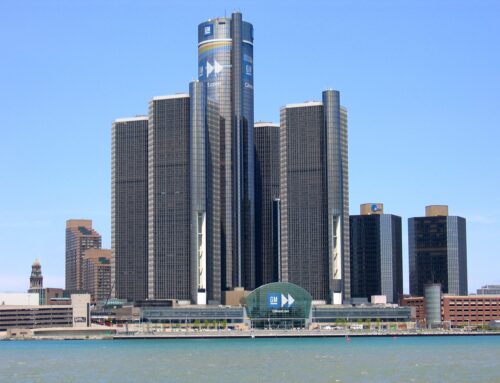Description and Details
This project was constructed starting in 2004 that served to transfer water between the Laonong River and the Tseng-Wen River in Taiwan. The initial proposal was approved in 1999, and it was scheduled to be completed in 2012, however Typhoon Morakot in 2009 halted progress indefinitely.
The project was sponsored by the Taiwanese Water Resources Agency in an attempt to mitigate potential future droughts by transferring water from the Laonong River to the reservoirs of the Tseng-Wen River during the wet season. While the project was never completed, its construction process provided a number of jobs to those in nearby areas.
The relevance of the project to the topics of equity and bias were that the area where the project was constructed, and thus the area ravaged by the typhoon (a disaster that was made worse by the ongoing water project), was primarily populated by members of the Bunun tribe. Although the project was intended to help address potential future droughts in the area, and not motivated by bias or discrimination, there was willful and continued ignorance of both indigenous protestors and of environmental groups, who argued that this project would unfairly benefit not local communities but a few people with select interests, and that the construction of the project disrupted local fault zones. This meant that the potential for disaster caused or compounded by the project was known about even before the devastation brought by Typhoon Morakot.
CEE subjects: Construction Engineering and Management, Environmental Engineering, Geotechnical Engineering, Earth Systems, Environmental Policy and Sustainable Infrastructure
Discussion Questions
- Three groups were major participants in the debate surrounding the Tseng-Wen Reservoir Water Diversion Project; the government, climate scientists, and the local indigenous population. While in this project, the government supported the building of the project while scientists and the local population argued against it, these lines in the debate do not always fall the same way. Discuss situations where these groups might have sided differently; for example, a situation where the local population and the government would argue for a project while scientists would argue against it.
References
- Peer reviewed articles:




Leave A Comment